MUSIC THEORY FOR
MUSICAL THEATRE
John Bell and Steven R. Chicurel

SCARECROW PRESS, INC.
Published in the United States of America
by Scarecrow Press, Inc.
A wholly owned subsidiary of
The Rowman & Littlefield Publishing Group, Inc.
4501 Forbes Boulevard, Suite 200, Lanham, Maryland 20706
www.scarecrowpress.com
Estover Road
Plymouth PL6 7PY
United Kingdom
Copyright 2008 by John Bell and Steven R. Chicurel
All rights reserved. No part of this publication may be reproduced,
stored in a retrieval system, or transmitted in any form or by any
means, electronic, mechanical, photocopying, recording, or otherwise,
without the prior permission of the publisher.
British Library Cataloguing in Publication Information Available
Library of Congress Cataloging-in-Publication Data
Bell, John, 1964
Music theory for musical theatre / John Bell, Steven R. Chicurel.
p. cm.
Includes index.
ISBN-13: 978-0-8108-5901-2 (pbk. : alk. paper)
eISBN-13: 978-0-8108-6364-4
1. Music theoryElementary works. I. Chicurel, Steven R. (Steven Robert) II. Title.
MT7.B42 2008
782.1'11dc22
2007052568
 The paper used in this publication meets the minimum requirements of American National Standard for Information SciencesPermanence of Paper for Printed Library Materials, ANSI/NISO Z39.48-1992.
The paper used in this publication meets the minimum requirements of American National Standard for Information SciencesPermanence of Paper for Printed Library Materials, ANSI/NISO Z39.48-1992.
Manufactured in the United States of America.
Contents
Acknowledgments
The authors wish to thank Andra Bell, Craig Carnelia, Justin Fischer, Karen Hiscoe, and Nancy Sullivan for their professional and personal encouragement; Patricia Borne for her editorial assistance; the University of Central Florida MFA musical theatre students in the Fall 2005 Script and Score Analysis classPaul Gebb, Josephine Leffner, Chris Staffel, Michael Swickard, Debbie Tedrick, and Courtney Winsteadfor being the beta testers of the book; and the University of Central Florida Faculty Center for Teaching and Learning for assistance with scanning and editing, care and feeding. In particular, thanks to Justin Delabar for his expertise and patience in helping us with things electronic.
Figures and Compositions
Part 1
Part 2
Part 3
Introduction
At its most basic level, song literature represents a marriagea lamination, if you willof text and music. The combination of these two modes of expression creates a language that is unique and powerful.
Tools for understanding and then interpreting any language are diverse. Those for song literature come from the worlds of theatre and music. A composer writes for the theatre the way a playwright writes for the theatre, except the composer uses musical language rather than literal language. The goal is the same: to capture the essence of character and situation. Just as the playwright uses letters, the composer uses tones. The tones form chords (words), musical phrases (sentences), and musical sections (paragraphs). In the same way that a playwright builds dramatic interest through the use of rising action and dnouement, a composer uses the tools of dissonance and consonance to transport the listener on a musical journey.
Early methods of musical theatre acting training espoused the notion that singing actors should approach a song as if it were a monologue. Singers were encouraged to speak the text without music to investigate the lyrics naturalistic qualities. Then the student was directed to add the music gradually, first as underscoring, and finally return to sung delivery. This technique, while valuable, perpetuates the dangerous assumption that the lyric of a song is the most important component of the songs dramatic expression, and places little or no emphasis on the composers art.
This book addresses the role and value of music as a contributor to the dramatic gestalt, particularly in the musical theatre canon. Currently there is a dearth of literature that focuses on the tools the composer uses to complete the union of spoken word and music.
This book, designed to introduce the musical theatre practitioner to a new paradigm for musical theatre study, has three parts. , provides the educator and the student with practical drills in a workbook format.
It is important to note this book is intended not just for actors, singers, and dancers. In fact, based upon the authors personal experiences using this model for song analysis, this book will be of great value to stage managers, designers, directors, choreographers, and musical directors. The authors believe the result can be a shared and specific working vocabulary that enhances the efficiency of the process (design and production meetings, rehearsal, etc.) and enriches the product (performance).
Most professional musical theatre training programs require that students study music theory. The content of such training, however, varies widely in both depth and rigor. Now that the number of musical theatre training programs has increased, so too has an awareness of the specific educational and skill needs of their students.
The time has come to ask a series of questions. How do musical theatre artists differ from traditional musical and theatre artists? Do the specific, day-to-day tasks in which the musical theatre artists engage require the full complement of music theory training? If not, what should be included? Is there a more logical way to sequence the information to reveal its direct application to the art form?
Some musical theatre students begin their university program of study with less musical preparation than drama or dance training. As such, they find themselves overwhelmed and demoralized as they try to keep pace with their more musically sophisticated peers. This book approaches some of these challenges from the point of view that, while musical theatre artists may need the full complement of traditional music theory instruction, a course of study that would apply the information more directly to the art form will better serve the actor, singer, and dancer as well as directors, choreographers, stage managers, and designers.
What do musical theatre artists need, musically? Lawrence Thelans book The Show Makers reveals, through a series of interviews with some of the contemporary musical theatres most prolific directors, that, for many, the ability to read music is not considered a key skill for success in the profession. Additionally, there are other musical theatre practitioners who would also assert the same opinion. After all, thats what the musical director is for, right?
In the authors experiences, a basic command of musical language and its primary components is an essential survival skill. The ability to read and analyze melody, harmony, and rhythm allows musical theatre artists to explore the composers contribution to character and plot development. It also allows directors and musical directors to discuss, as partners, musical needs regarding introductions, interludes, and transitional music. It assists actors in preparing excerpts for auditions. It enables choreographers to look at a score and recognize nuances or punctuations that they may want to capture visually. One of the potential and perhaps unexpected values of this text lies in its application to the training of stage managers, who must converse with other musical theatre artists. Stage managers will also benefit from the ability to understand musical language in order to facilitate calling musically specific cues. In short, the musical theatre artist is working in a theatrical form that is, after all, musical. Why would he or she


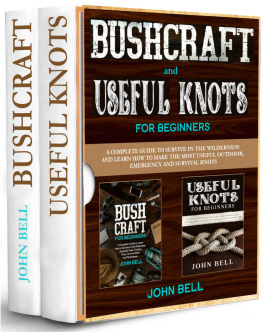
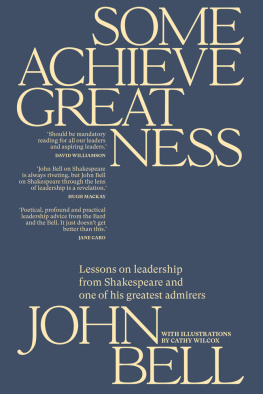
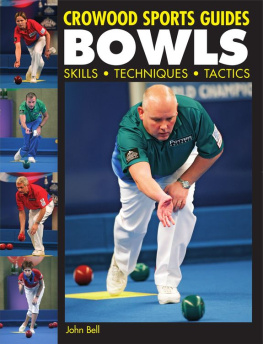
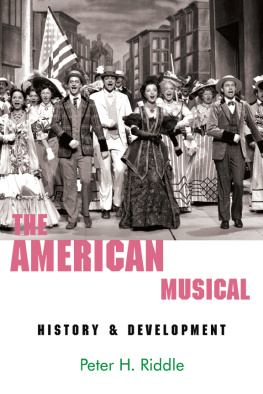
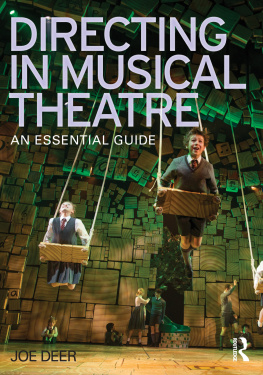
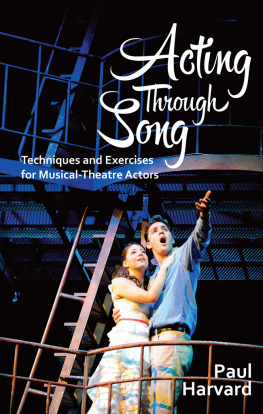
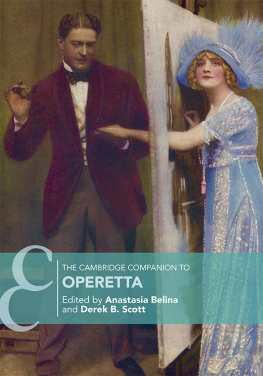
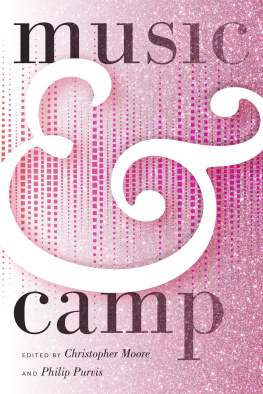
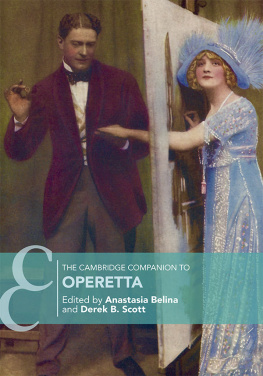
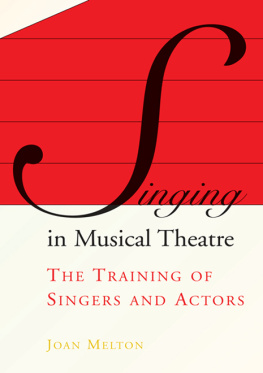
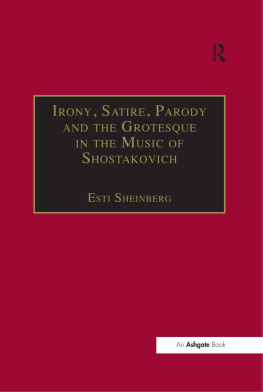

 The paper used in this publication meets the minimum requirements of American National Standard for Information SciencesPermanence of Paper for Printed Library Materials, ANSI/NISO Z39.48-1992.
The paper used in this publication meets the minimum requirements of American National Standard for Information SciencesPermanence of Paper for Printed Library Materials, ANSI/NISO Z39.48-1992.